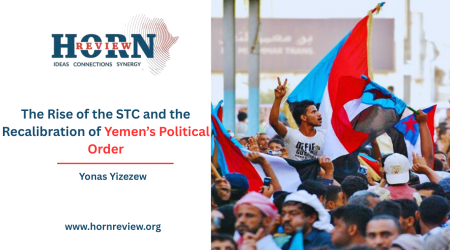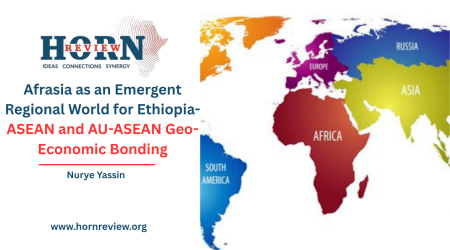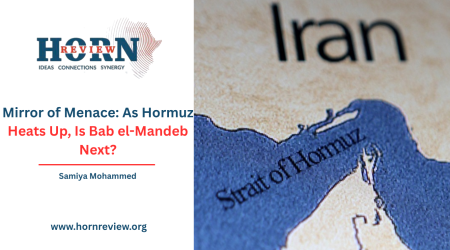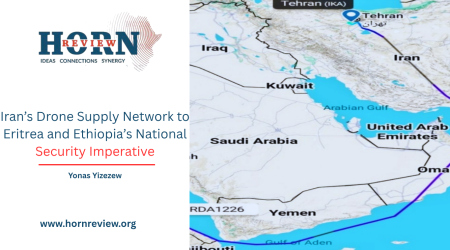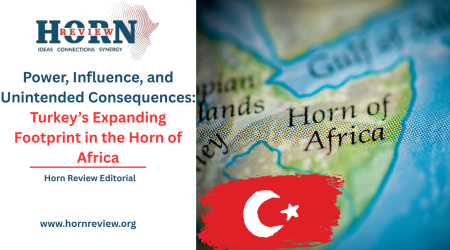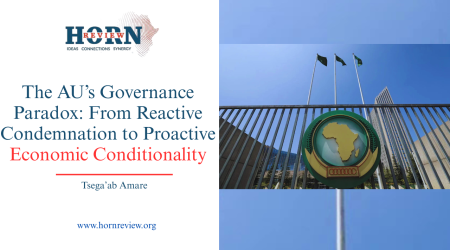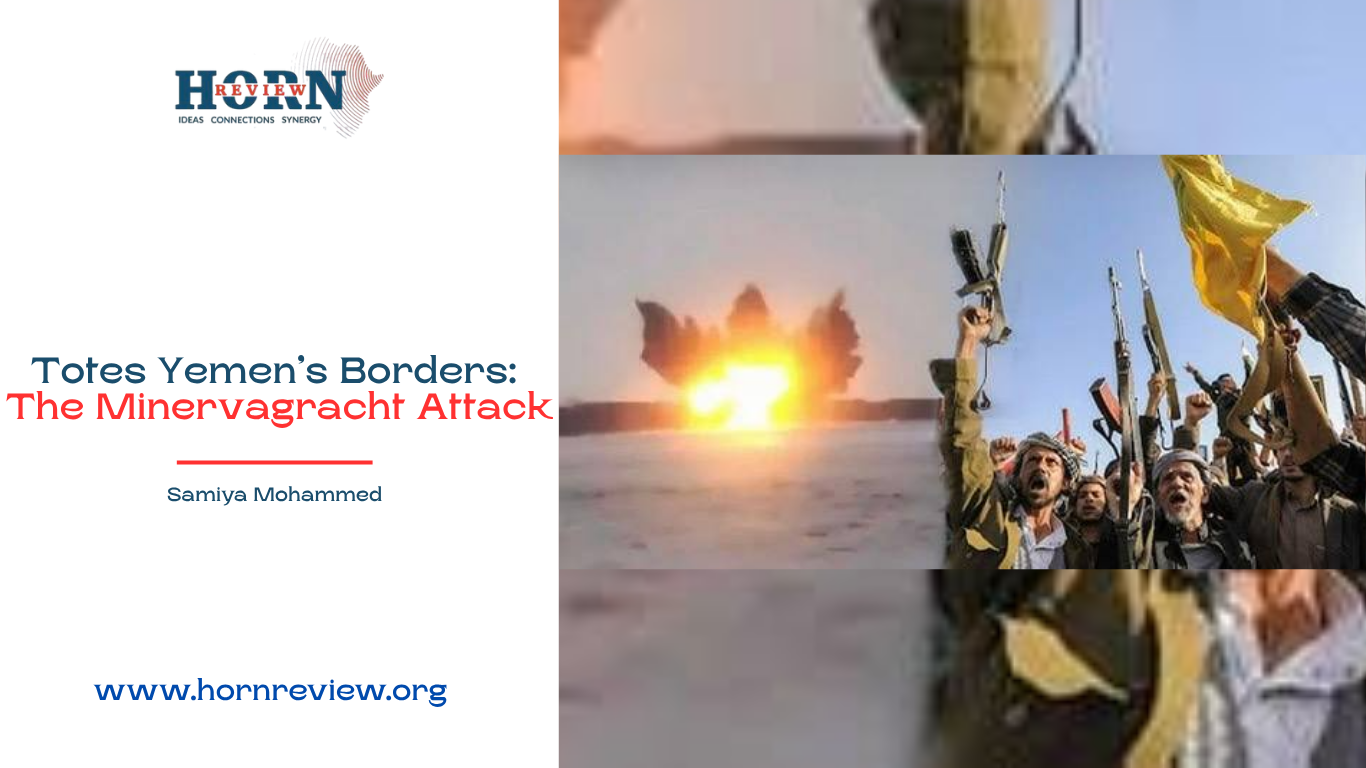
11
Oct
Totes Yemen’s Borders: The Minervagracht Attack
The Shift in International Strategy toward the Houthi’s
The missile attack by Yemen’s Houthi rebels on the Dutch flagged cargo ship Minervagracht in the Gulf of Aden constitute just another incident in a long running campaign of maritime aggression. The assault, which left the vessel ablaze and forced the evacuation of its injured crew has set off a serious international response including the Netherlands calling for European Union sanctions against the Houthis. This reaction perches in clear cut contrast to the measured responses that followed previous attacks, raising questions about what has fundamentally changed in the international strategic thought toward the Red Sea crisis.
The attack on the Minervagracht was glaring for several reasons. The Houthis employed a cruise missile to strike the commercial vessel resulting in a fire that left the ship adrift and required the crew to be evacuated by helicopter with two injured mariners receiving first aid. What makes this incident particularly significant is that the ship was not carrying any cargo at the time of attack, challenging the Houthis’ justification that they are only targeting vessels with links to Israel .This event is not an isolated incident but part of a dangerous escalation in Houthi tactics.
In July alone, the group attacked and sank two Greek owned commercial ships, the Magic Seas and the Eternity C with the latter incident resulting in four crew members dead and six captured by the militants. These attacks represents a shift from harassment to lethal force with devastating consequences for civilian seafarers.
The international community’s raise response reflects growing alarm over the economic consequences of continued Houthi aggression. The Red Sea serves as a critical high road for global commerce, with approximately $1 trillion worth of goods passing through annually before the current crisis.
The sustained attacks have forced major shipping lines, including industry giants like Maersk, to reroute vessels around the Cape of Good Hope, increasing transit times and costs. The economic impact extends to a degree beyond shipping companies. These economic realities have transformed the Red Sea crisis from a regional concern to a global economic vulnerability that demands coordinated international action.
The international community has not been entirely passive during previous attacks. The United Nations Security Council has extended the requirement for monthly reporting on Houthi attacks through Resolution 2787, with 12 members voting in favour and only three abstentions. This mechanism ensures continued monitoring and maintains political pressure on the Houthis. Naval protection missions have also been established, including the U.S.-led Operation Prosperity Guardian and the European Union’s Operation.
What has changed recently is the qualitative shift in Houthi capabilities and targeting. The group has expanded its operational reach, successfully attacking vessels in the Upper Red Sea where an area previously considered lower risk. Their weaponry has also become more sophisticated, now including ballistic missiles, cruise missiles, drones, and unmanned surface vessels laden with explosives.
The Houthis have skilfully linked their maritime campaign to the Palestinian cause, announcing they will target any ship that visited Israel and demanding an end to the Gaza war and Israeli blockade. This strategy has created a proxy conflict that extends far beyond Yemen’s borders, with Iran accused of supplying weapons and technical support to enable Houthi attacks. The strengthened international response to Houthi attacks constitute a recognition that risks the Red Sea have fundamentally changed. What began as targeted strikes on vessels with Israeli affiliations has evolved into a broad assault on global shipping that threatens the stability of international trade networks.
For the nations whose economic lifelines and national stability are linked to the unimpeded flow of traffic through the Red Sea corridor, the international community’s enhanced engagement presents a mixture of reassurance and uncertainty. On one hand, the visible presence of multinational naval task forces, such as Operation Prosperity Guardian and Operation Aspides, provides a layer of immediate, physical deterrence. This military shield, coupled with the weight of diplomatic forums like the United Nations Security Council applying pressure, offers a measure of comfort. It signals to reliant states that the world’s major powers are, at last, acutely aware of the threat and are committing resources to patrol these strategic waters. This active involvement helps to lower insurance premiums for shipping and projects an image of controlled chaos, suggesting that the situation is being managed.
However, this reassurance is inherently fragile and potentially fleeting. The uncertainty stems from a fundamental question, can these defensive measures truly address the root causes of the aggression? Naval patrols function as a shield, not a sword, they are a reactive force that intercepts threats but does little to eliminate the source. The Houthis, by a potent ideological narrative linked to the Palestinian cause and materially supported by external powers, have demonstrated an ability to adapt and innovate their asymmetric tactics. Each intercepted drone or missile is a temporary victory, but it does not diminish the Houthis’ will or capacity to launch the next one. Furthermore, diplomatic pressure and sanctions, while symbolically important, have a questionable impact on a militant group that has proven resilient to years of intense conflict and isolation within Yemen itself.
The ultimate solution remains frustratingly elusive. The crisis in the Red Sea is not a standalone conflict but a symptom of deeper, more intractable regional wars from the devastating civil war in Yemen itself to the broader proxy struggle between Iran and its adversaries, and the tragedy in Gaza. Whether this patchwork of military patrols and diplomatic condemnations can evolve into a durable political framework that not only secures the waterways but also persuades the Houthis to stand down, remains the critical, and as yet unanswered, question.
By Samiya Mohammed, Researcher, Horn Review


